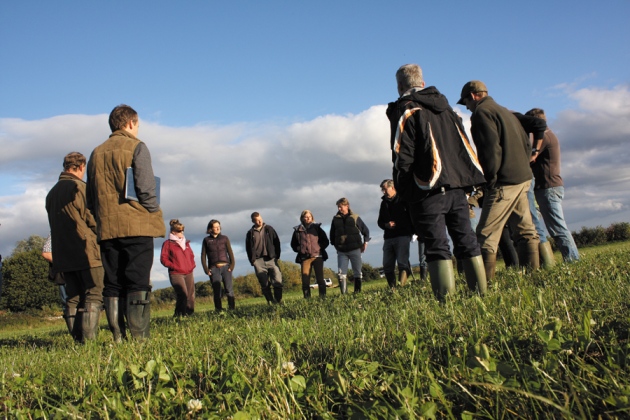 Climate change threatens a creaking food system in which harvests are already lagging behind rising demand1, 2. A sustainable supply of food hinges on agricultural innovation, but current investments neglect a key area for improving yields.
Climate change threatens a creaking food system in which harvests are already lagging behind rising demand1, 2. A sustainable supply of food hinges on agricultural innovation, but current investments neglect a key area for improving yields.
Since the 1970s, agricultural research and development (R&D) has invested mainly in a few research institutes equipped with cutting-edge instruments. For example, the Biotechnology and Biological Sciences Research Council, responsible for much of the public research spending in food security in the United Kingdom, invested 27% of its 2010–11 budget in just three institutes. Multinational seed and agrochemical companies invest billions of dollars to develop products in hopes that they will be used by millions of farmers.
 Climate change threatens a creaking food system in which harvests are already lagging behind rising demand1, 2. A sustainable supply of food hinges on agricultural innovation, but current investments neglect a key area for improving yields.
Climate change threatens a creaking food system in which harvests are already lagging behind rising demand1, 2. A sustainable supply of food hinges on agricultural innovation, but current investments neglect a key area for improving yields.
Since the 1970s, agricultural research and development (R&D) has invested mainly in a few research institutes equipped with cutting-edge instruments. For example, the Biotechnology and Biological Sciences Research Council, responsible for much of the public research spending in food security in the United Kingdom, invested 27% of its 2010–11 budget in just three institutes. Multinational seed and agrochemical companies invest billions of dollars to develop products in hopes that they will be used by millions of farmers.
This one-size-fits-all approach has had qualified success. In a 2011 analysis3, average global crop yields increased by 56% between 1965 and 1985, and by 20% from 1985 to 2005, underpinned by increasing inputs of non-renewable resources.
Click here to read the full news published on Nature magazine.

